This storm hit with rain, surf, and chaos.
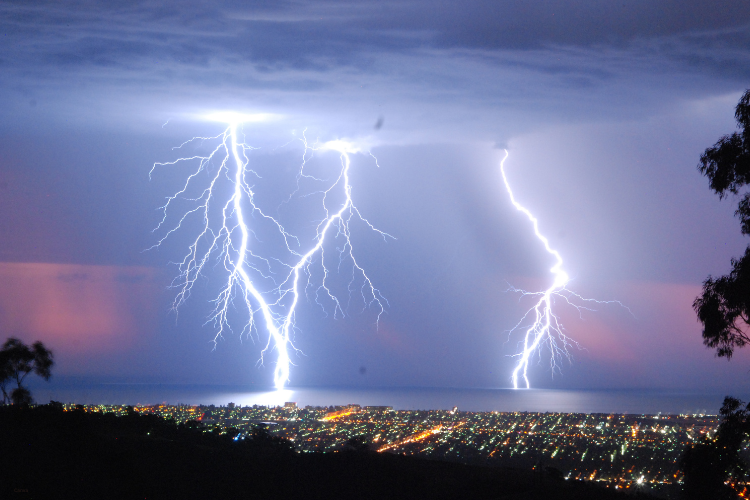
On September 30, 2025, the remnants of Hurricane Gabrielle tore into Ibiza with a force not seen for decades. In just twenty-four hours, the island was hit with about 10 inches of rain, the highest single-day rainfall since 1952. For perspective, that is more than half of what Ibiza typically receives in an entire year. Streets vanished under torrents of water, businesses flooded, and the airport leaked as passengers tried to move through terminals with buckets catching rain from the ceiling. Tourists were evacuated from damaged hotels, schools closed, and rescue crews worked without pause. The Mediterranean vacation hub was suddenly brought to a standstill by a storm that stripped away its sense of safety.
1. Ibiza endured its heaviest rainfall in decades.
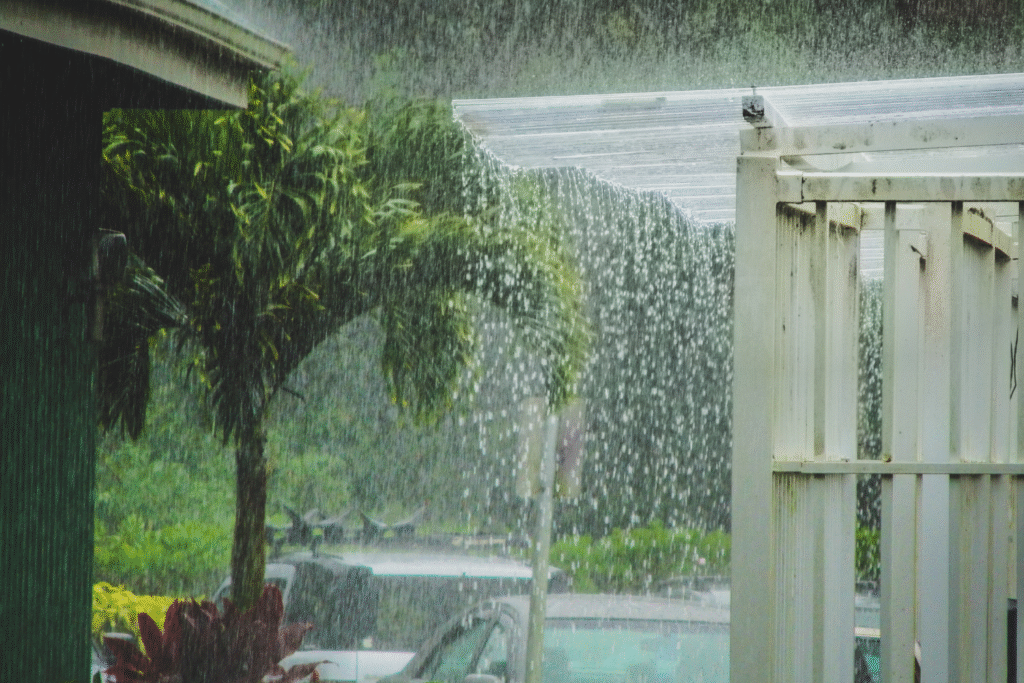
Rainfall totals reached about 10 inches in just one day, making it the wettest day in over seventy years for the island. Officials described it as catastrophic, with drainage systems overwhelmed and water rushing through neighborhoods and city centers alike. Local media noted that businesses, parking garages, and underground basements filled quickly, leaving residents scrambling to protect belongings from the rising water. Authorities are now preparing paperwork to request official disaster-area status, which would allow for additional financial support and rebuilding efforts. According to El País, the deluge not only set records but also exposed just how vulnerable Ibiza is when storms of this intensity arrive without warning.
2. Flood rescues saved 148 people from danger.
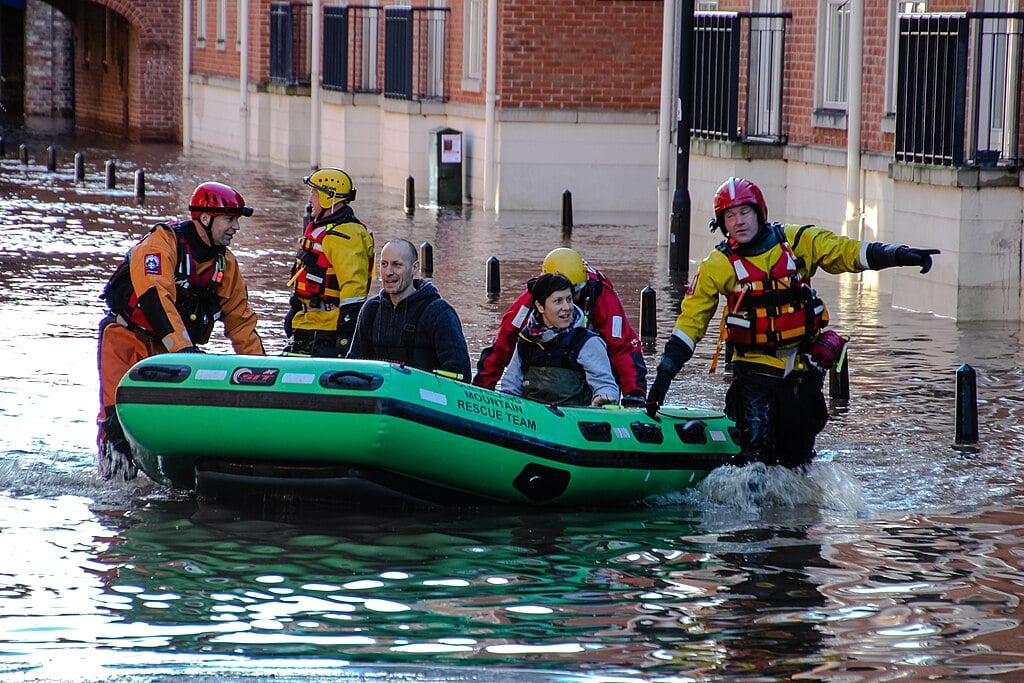
Civil Guard officials confirmed that 148 people were rescued from homes, vehicles, and hotels after becoming trapped in floodwater that rose too quickly to escape. Many of the rescues happened in the middle of the night when visibility was low and conditions were treacherous. Families had to be carried out from waterlogged apartments, while tourists stuck in cars were pulled through windows by emergency crews. The rescues underscored how quickly familiar roads turned to rivers that were impossible to navigate safely. Some of the most dangerous calls came from basements filling with water, where people risked being sealed inside. These dramatic scenes were reported by El País.
3. Two people sustained serious injuries in floods.
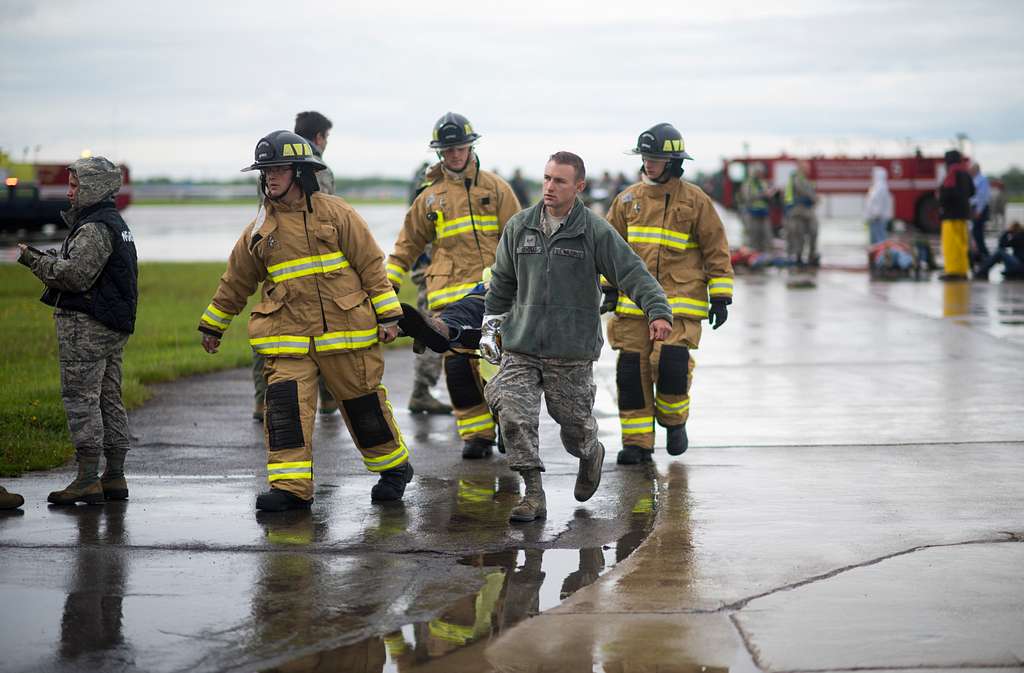
Local reports confirmed two people were seriously injured during the chaos. Both were caused by falls on slick streets that had become dangerously unstable after the relentless rain. Emergency responders transported them to hospitals where they were treated, and both are expected to recover. Although these were the only serious injuries reported, authorities stressed the danger was far greater and that the numbers could have been much worse had the storm not been tracked closely in advance. The injured individuals became a human reminder that not all threats came from rushing rivers or collapsing walls but from something as simple as trying to walk down a flooded street, as stated by El País.
4. Airport roof leaked water inside terminals.
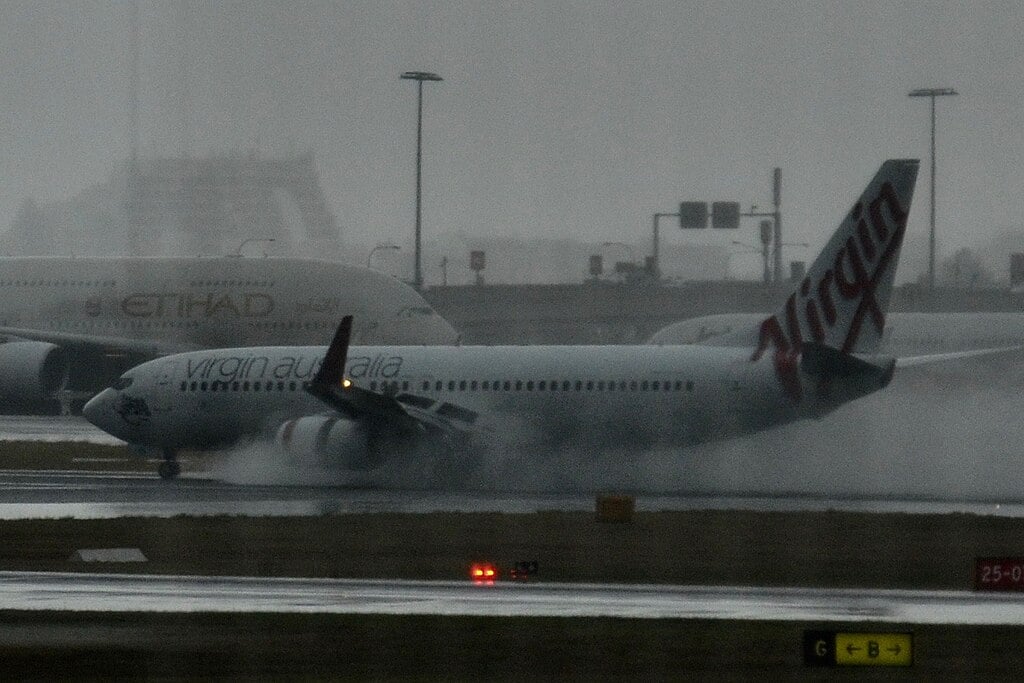
As tourists tried to reach departing flights, they found the island’s main airport under pressure from the storm. The roof gave way to the rain, sending water dripping into terminal corridors and forcing airport staff to redirect passengers away from wet floors. Though the building remained open, the leaks created delays and chaos for travelers already anxious about flooded roads and missed flights. Maintenance crews worked with buckets and barriers to contain the damage, but images of water dripping onto luggage and lines of passengers captured the sense that no space, even the most secure, was untouched. The airport became a symbol of how deeply Gabrielle reached into everyday operations.
5. More than 130 flood incidents taxed emergency services.
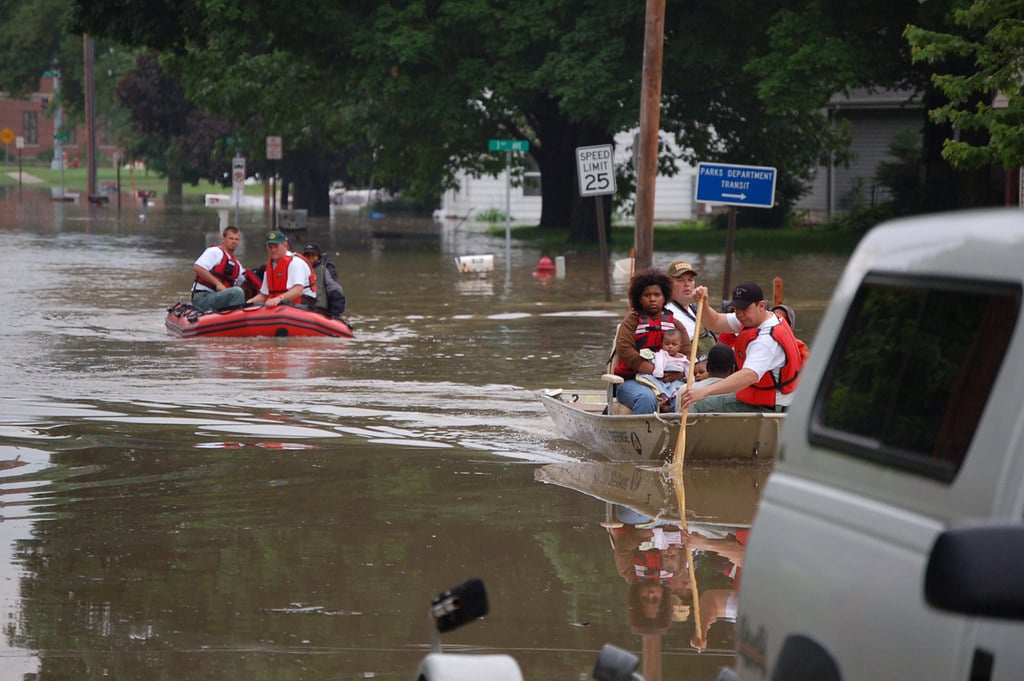
Across the island, emergency services handled over 130 separate flood-related calls, ranging from stranded vehicles to water entering ground-level businesses and homes. Firefighters raced between neighborhoods to pump out basements and free residents who found themselves stuck. Streets that normally bustled with cars and scooters were blocked by debris and torrents of runoff. Officials admitted that resources were stretched thin as simultaneous incidents unfolded in different districts. What stood out was not just the volume of calls but the diversity—hotels, private homes, schools, and even public infrastructure all needed attention at once. The figure of 130 underscored how widespread Gabrielle’s footprint was, cutting across the entire island rather than hitting one isolated area.
6. Schools and public services were temporarily shut.
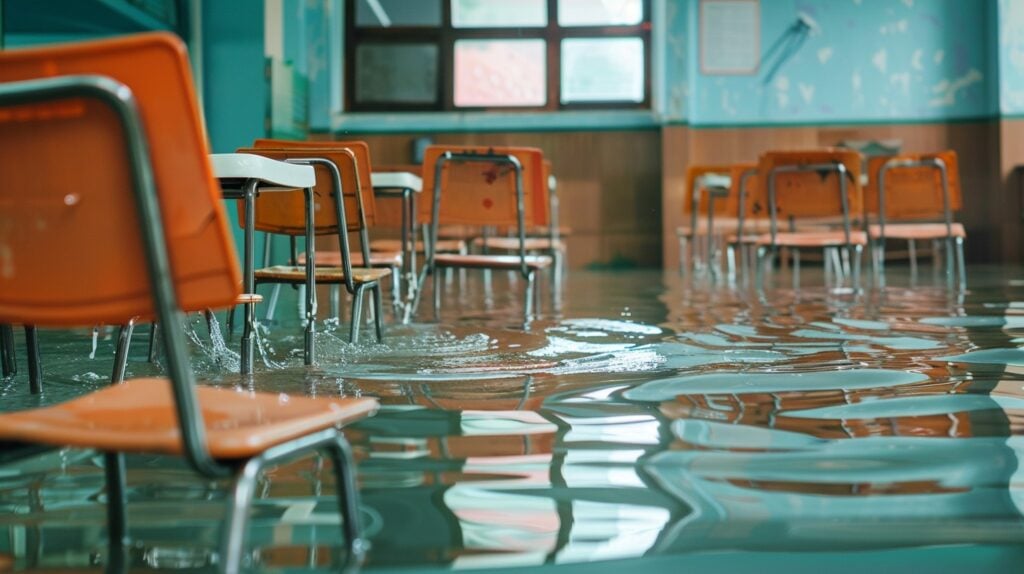
Education and municipal services halted in the wake of the storm. Parents were told to keep their children home as classrooms went dark, a precaution that quickly became necessary as many schools themselves flooded. Government offices also closed, and staff were reassigned to help with emergency management or cleanup. These closures showed how Gabrielle disrupted not only the tourist economy but also daily life for local families. For many residents, the suspension of schools was a visible sign that the storm was different from the summer downpours they had grown used to. It was a break in routine that reminded the community the island was in full crisis mode.
7. A hotel faced structural damage after cliff failure.
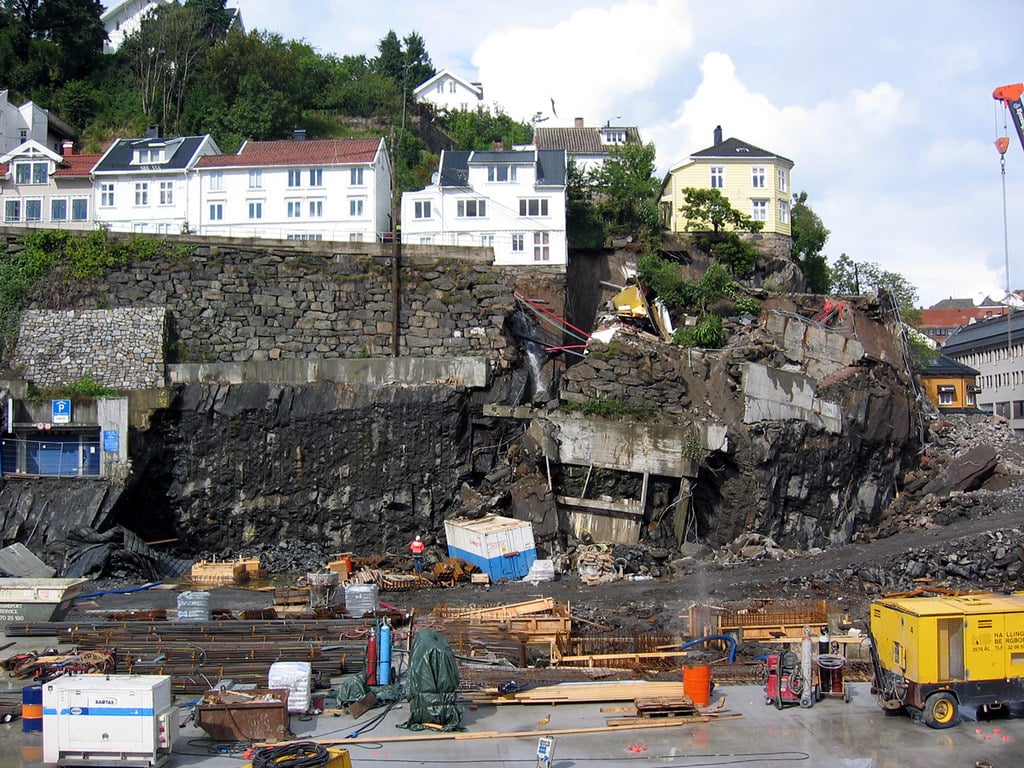
One of the most alarming moments came when waterlogged soil collapsed in a cliff near the Vibra Tropical Garden Apartments. The landslide damaged two floors of the hotel and forced the evacuation of about 220 guests. Three people were injured in the event, one requiring hospitalization. Guests described the frightening sound of cracking rock followed by walls shifting and ceilings leaking. Authorities moved quickly to secure the property and relocate visitors to safer buildings inland. The incident highlighted that even areas away from the shoreline were exposed, with land itself destabilized by the relentless rainfall. Recovery for the hotel will likely take months given the extent of the damage.
8. Nearly a thousand passengers missed flights.
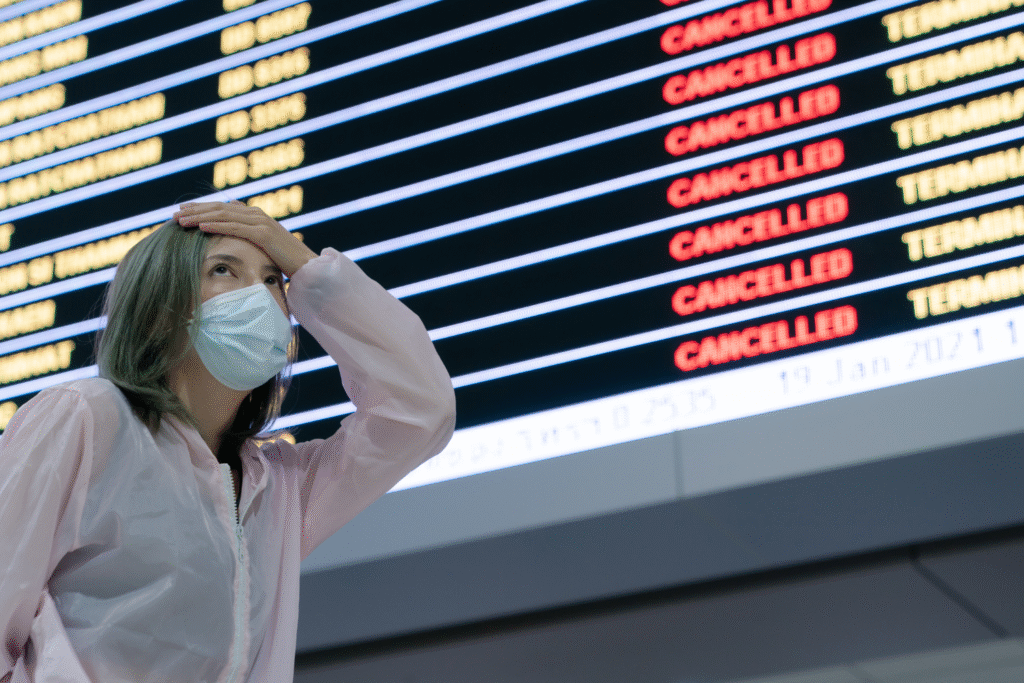
Flooding on access roads to the airport stranded hundreds of tourists and locals alike. Officials confirmed that about 980 passengers were unable to make their flights, a striking number that demonstrated how ground transportation failures rippled into broader disruption. Some sat for hours in hotel lobbies waiting for taxis that never came, while others abandoned attempts altogether after watching cars stalled in deep water. Even though flights continued to operate, the lack of safe passage to the airport effectively isolated many. For an island whose economy relies on constant tourist turnover, nearly a thousand missed departures in one day was a costly blow and a preview of how future storms might cripple mobility.
9. Nightlife hubs went dark as power systems failed.
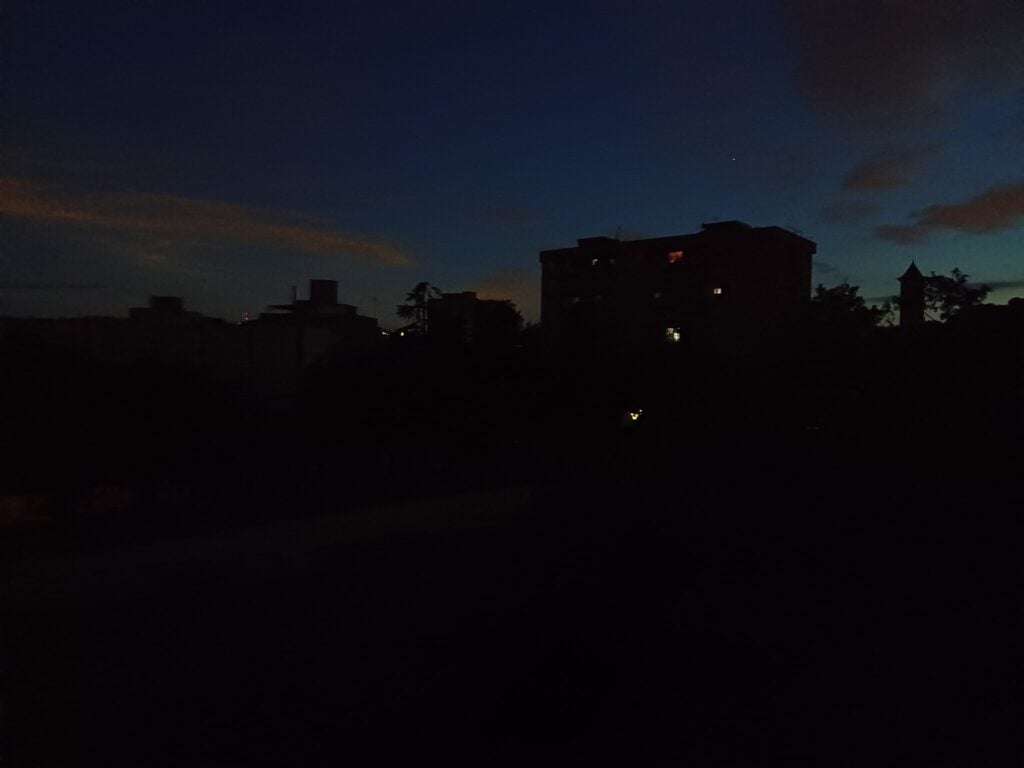
Clubs and bars in Ibiza Town fell silent when electrical systems faltered under the stress of flooding. Power outages, combined with ankle-deep water seeping into venues, forced owners to close their doors indefinitely. For an island renowned for nonstop nightlife, the sudden silence carried an eerie weight. Workers spoke of lost wages while business owners faced mounting cleanup costs, unsure of when the music and lights would return. The loss of nightlife went beyond inconvenience—it struck at the heart of Ibiza’s global image, a reminder that even its most resilient industry can be brought down in a single night by climate-driven extremes.
10. Scientists warned stronger storms will likely return.
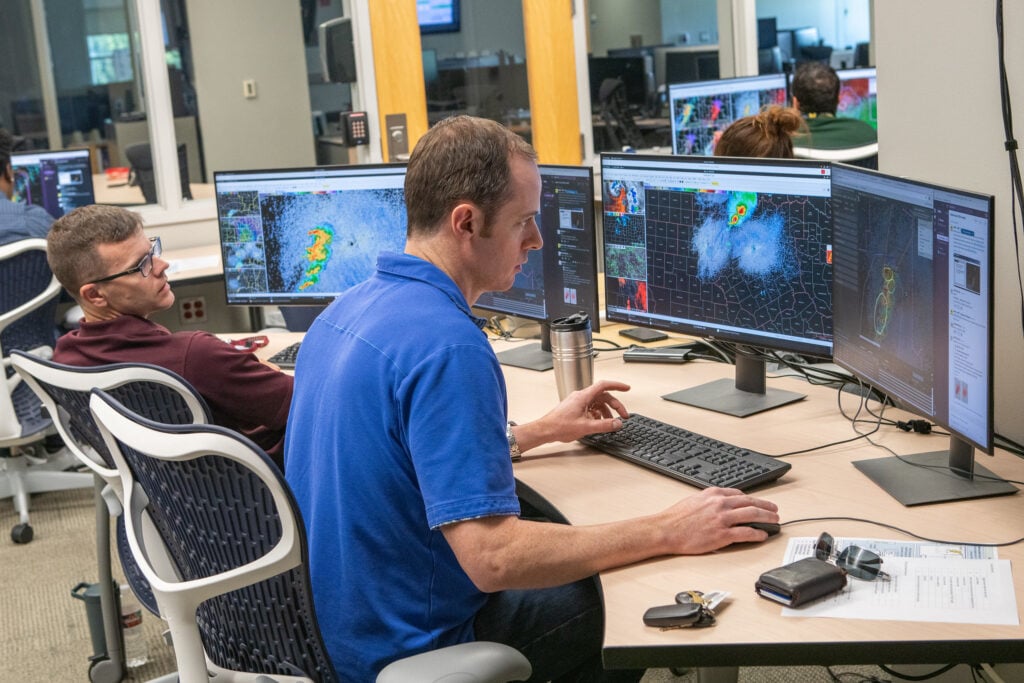
Climate researchers studying Mediterranean weather emphasized that Gabrielle may not be an isolated event. Warmer sea surface temperatures in the region are now acting like fuel, making storms more powerful and rainfall more extreme. Experts have noted that future systems could rival or surpass Gabrielle in intensity, striking not just Ibiza but other islands and coastlines across southern Europe. For locals, the warning resonates: recovery is urgent, but so is preparation. What once might have been considered a freak storm is instead being seen as a marker of what lies ahead in a climate where stronger storms are no longer a rare exception.
